Putting a password on your folders is a great way to protect sensitive files while they’re on your system. It’s pretty easy to do regardless of your operating system, and this article will take you through each step.
Note though, that password protecting a folder only protects it while it’s on your system. If you want to share a folder’s contents, you lose the this protection. We also share some tips on how to securely share folders and password protect folders in the cloud.
How to password protect a folder
When you put password protection on a folder, you’re using encryption to protect its contents. Any other users of the system won’t be able to access the folder. It’s a great way to quickly make sure sensitive files can’t be read by anybody but you, or approved users. If somebody were to copy the folder onto another system, though, they’d still be unable to read its contents.
On most operating systems, password protecting a folder is a built-in functionality and usually just a matter of a few clicks. Note, though, that iOS devices don’t have this functionality built-in; they’ll generally have to rely on third-party software.
How to password protect a folder in Windows 11
From Windows 11 onward, you have the built-in functionality to password protect a folder; earlier Windows versions do not.
- Find the folder you want to encrypt, right-click and pick Properties.

- Under the General tab, click Advanced.
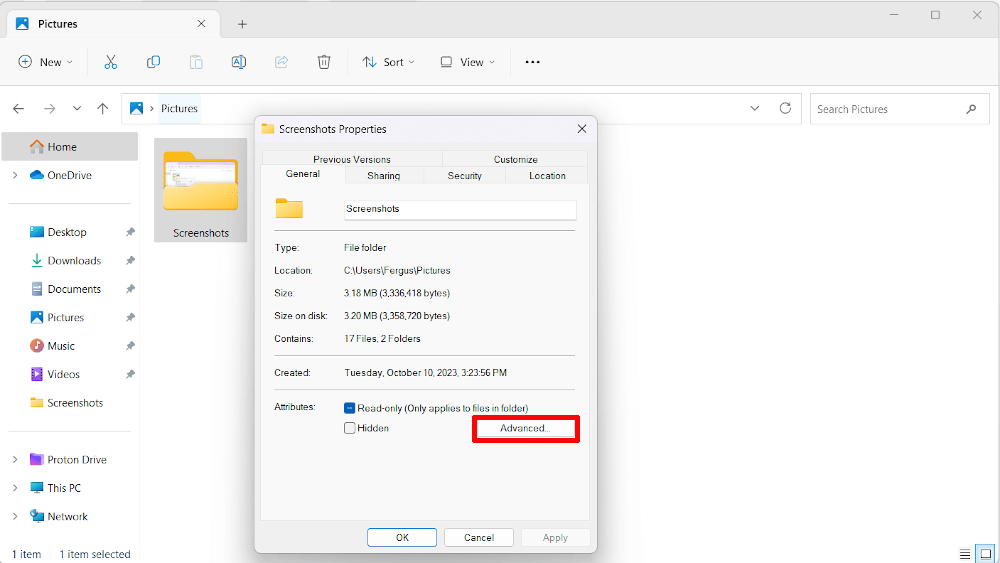
- There, tick the box next to Encrypt contents to secure data.
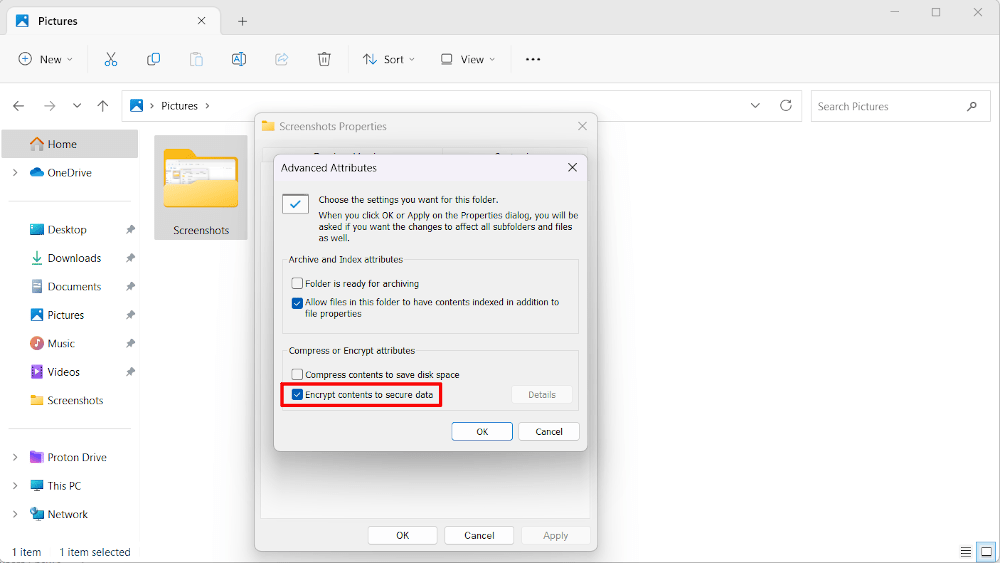
That encrypts the folder and makes it so only the current user, you, can access the file. Any other users will be prompted to enter the password, which is the same as that of your Windows account — this makes it less than ideal for sharing, as giving people access to the file gives them access to everything on your computer.
Please also note that Windows will prompt you to export a security certificate after you set up the encryption. If you’re worried about recovering the folder in case you switch systems, make sure to do so by following the on-screen instructions.
How to password protect a folder on Mac
MacOS also lets you place password protection on folders, too, though it’s a bit more involved process than on Windows.
- First, go to Finder, and there find the Utilities folder. There, click on Disk Utility.

- With Disk Utility activated, click on File > New Image > Image from Folder.

- Find the folder you want to password protect and click Choose.
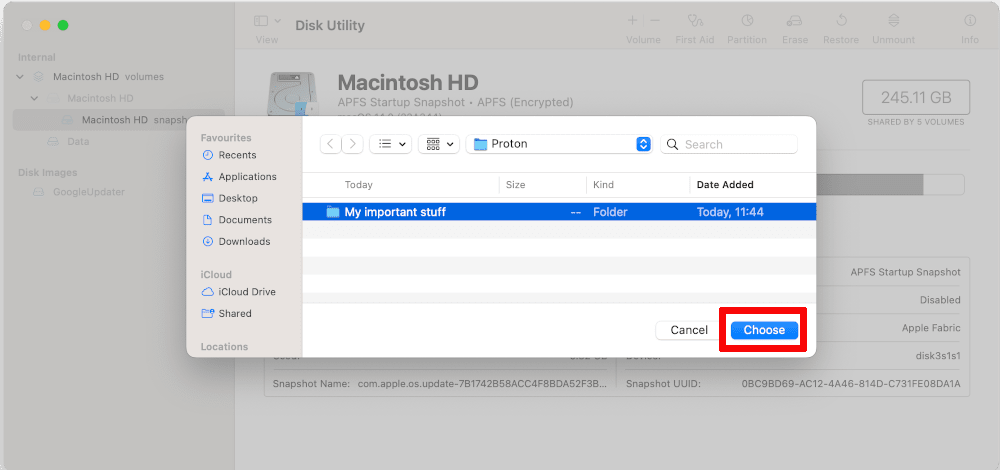
- Select a name you’d like, as well as the encryption strength. AES-128 should be strong enough, but we like to be sure things are safe and recommend you use AES-256.
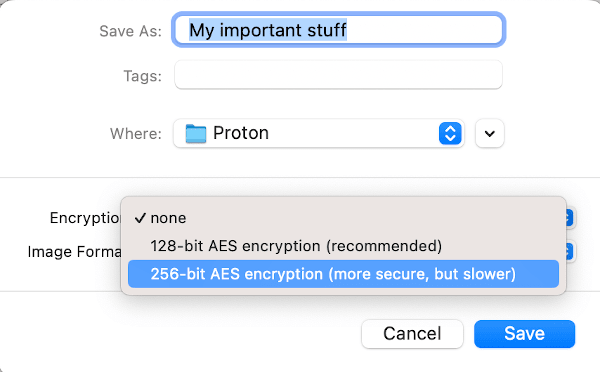
- Finally, click Save. You now have a password-protected Mac folder.
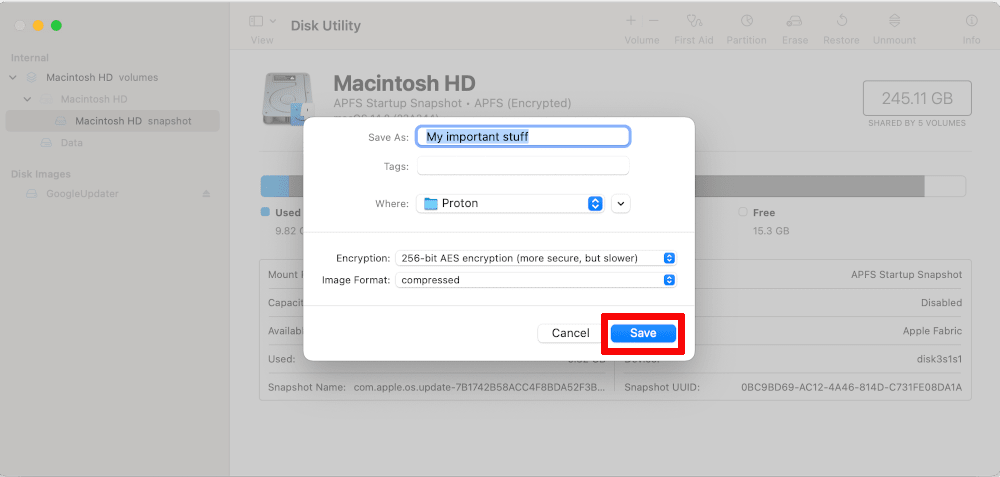
How to password protect a folder on Android
Android doesn’t let you password protect a folder as much as create a special safe folder that you can move files into. Setting up the safe folder is easy.
- Among your apps, choose Files.

- Once in, scroll down till you find the category that says Collections and there pick Safe folder.

- Set a PIN or pattern as you please, and the safe folder is set up. To move files over, browse through your file system and when you find ones you’d like to password protect, select them, then tap the three dots in the top right of the screen. There, choose Move to Safe folder.

Sharing a password-protected folder
There is a downside to password protecting folders, though, and that’s sharing them with others. On Windows, for example, you can’t share the password without giving away access to your entire system, and on Android it’s entirely impossible to share encrypted files. Mac makes it somewhat easier — you can simply send an encrypted folder to a friend or colleague — but even then it’s a chore.
If you want to share files yet also make sure they’re encrypted while doing so, your best bet is to use cloud storage. Any cloud storage service will let you upload a folder or file to the cloud, and then send it to somebody else — though in some cases they will need to use the same service if you want to send encrypted data, and you’ll both need to be on a paid plan.
That’s not the case for Proton Drive. For one, you can send password-protected folders to other people even on the free plan, meaning we don’t make you pay for such basic security. This is because at Proton we treat privacy as the default, not a bonus feature.
For example, at Proton we use end-to-end encryption in all our apps. This is a type of security that encrypts folders from their point of origin to their destination, meaning nobody except its sender and recipient can see what’s inside. Even if there’s a data breach, your files remain secure.
We can do this because unlike other tech companies, we don’t make money by profiting off your data. In fact, our mission is to build a better internet where privacy is the default.
Proton launched in 2014 thanks to a successful crowdfunding campaign, and we’ve been community funded ever since. Because our business model is based on protecting your privacy, security is our top priority. When you create a Proton Account, you also get access to other encrypted services, including Proton Mail, Proton VPN(new window), and our password manager, Proton Pass.
If you’re interested in finding out more about secure file sharing with Proton Drive, we recommend you create a free Proton Drive account today and join us in our mission to build a better web.



